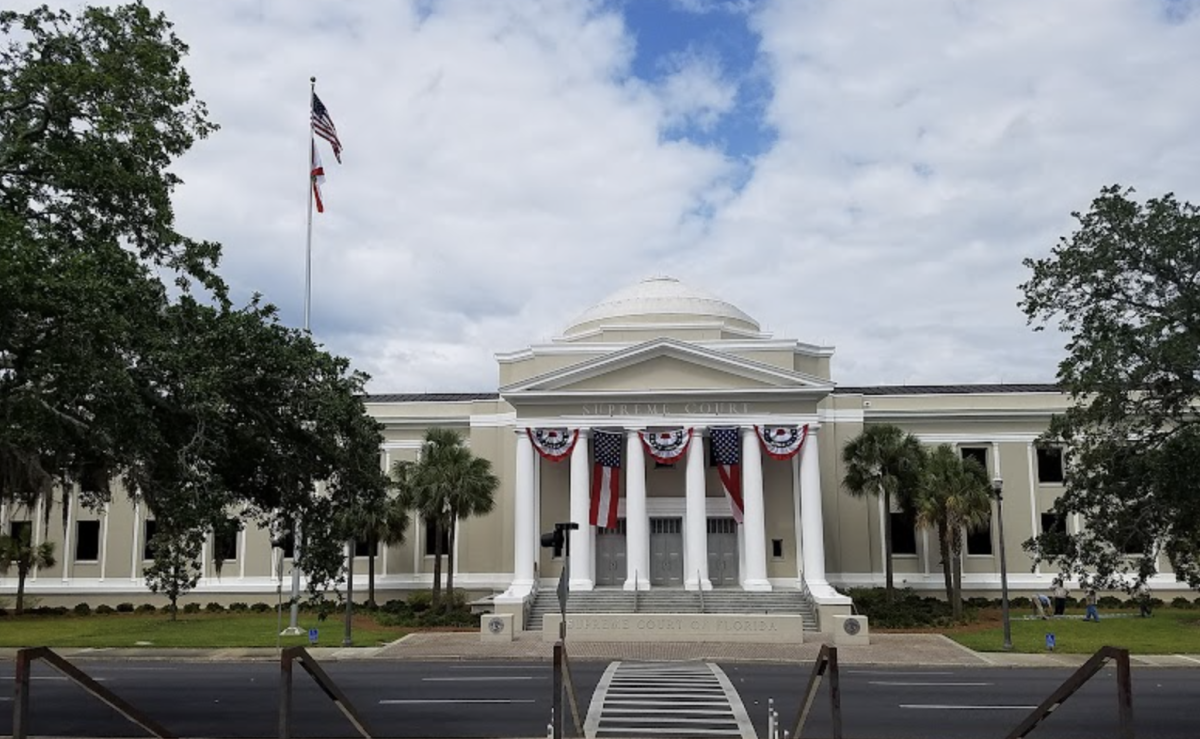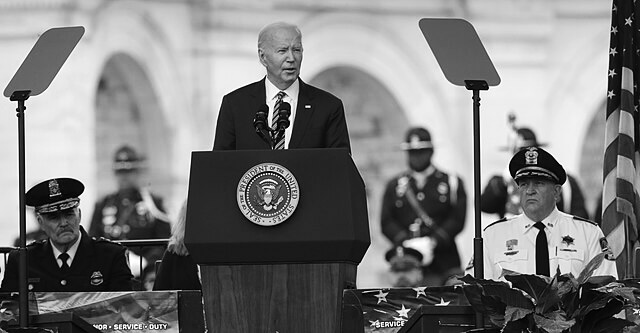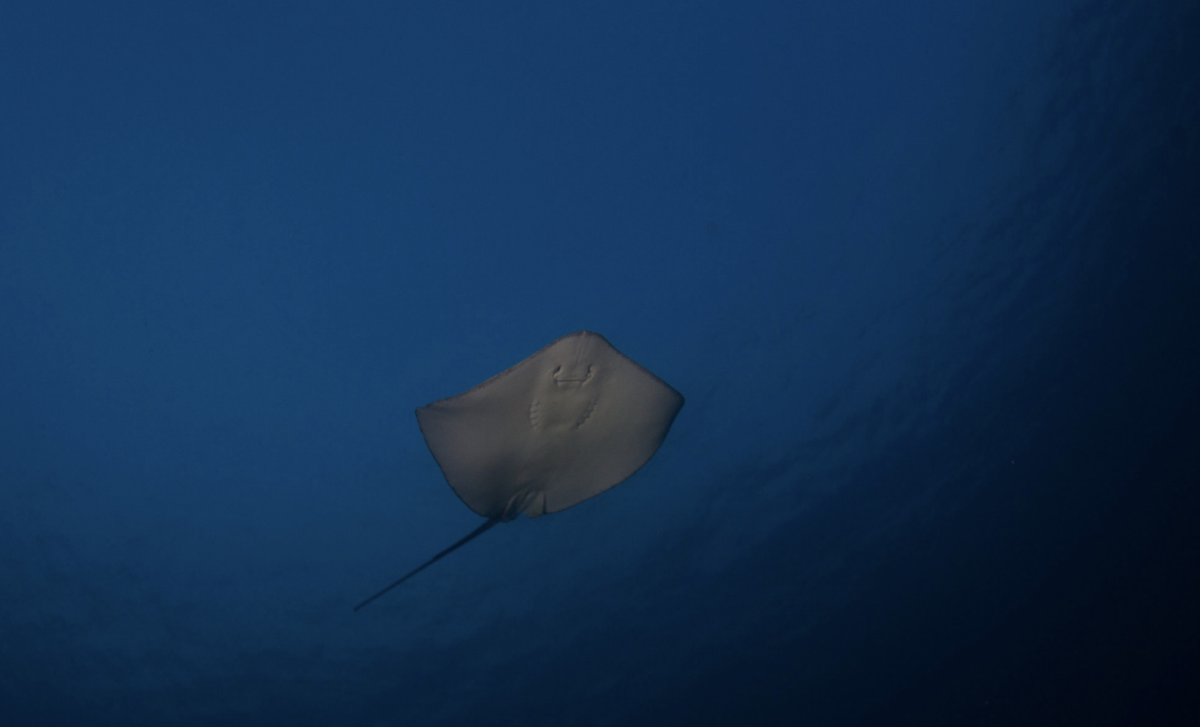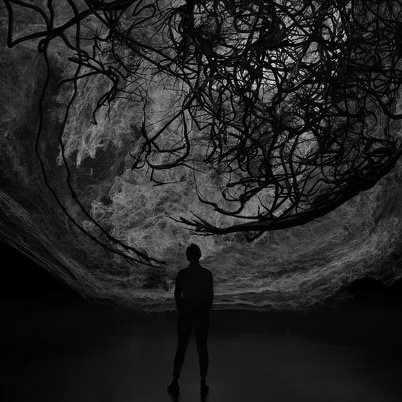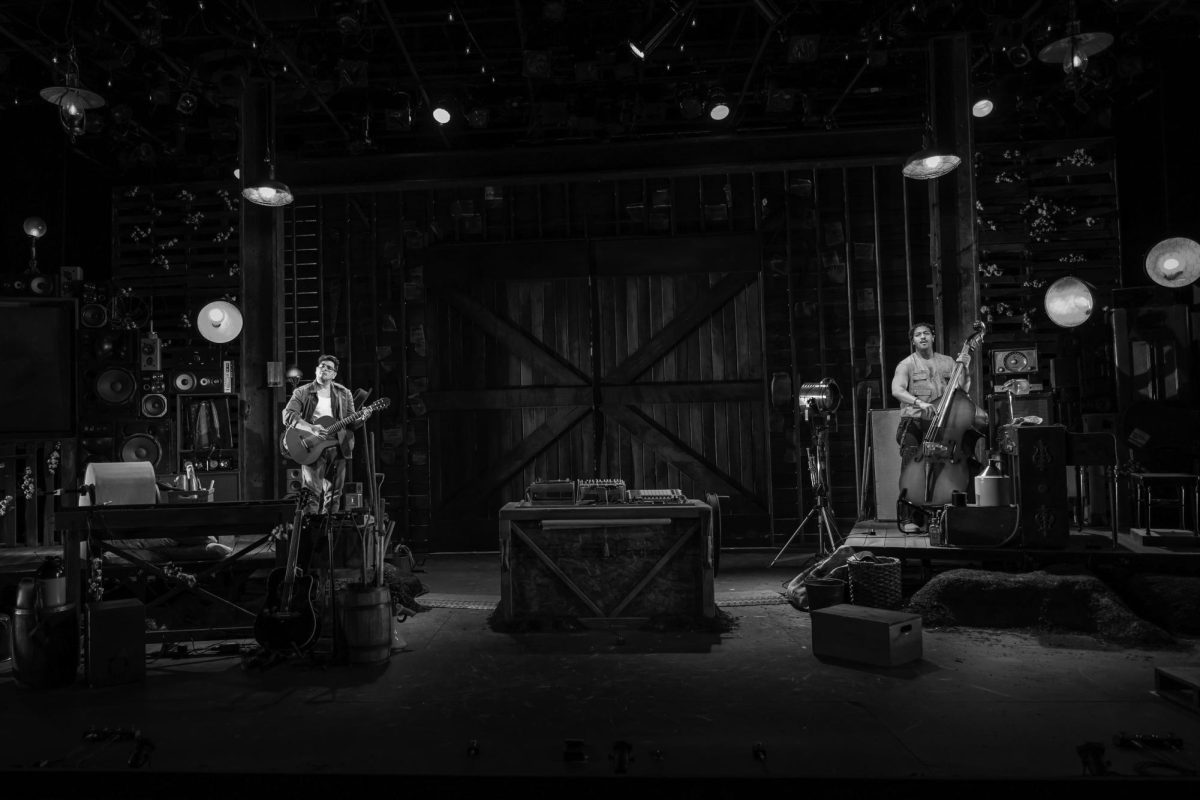“Forces of Nature: Voices that Shaped Environmentalism” is an exhibit currently on display at the National Portrait Gallery. The exhibit features key figures in environmentalist movements since the mid-1900s, including scientists, artists and activists.
A photograph of several men, including former president Theodore Roosevelt and notable naturalist John Muir, is on view at the exhibit. The photograph depicts the men — all vaunted, venerable figures — in Mariposa Grove, Calif., dwarfed by a giant sequoia tree. In 1906, Roosevelt persuaded Congress to add Mariposa Grove to Yosemite National Park, thus preserving the park’s natural landscape.
This encapsulates the premise of the new exhibit: while the wilderness is ungovernable, humans wield power and influence to change the environment, for better or worse. Another such example is a portrait of James Watt, Reagan’s interior minister. Watt encouraged mining on National Park lands, drawing criticism from environmentalists. In the portr People dedicated their lives to the environment, trying to improve things and bring notice to the population of what dangers we’re in. — Timothy Smith
Although the exhibit is about environmentalists, many of the portraits depict their subjects outside of nature. Such is the case for Henry David Thoreau, a naturalist and author who revolutionized nature writing and environmental thought, whose face is portrayed on a blank background.
Others depict scenes of nature, such as a portrait of naturalist John Burroughs featuring a green background reminiscent of dappled light on leaves, and a photograph of scientist and inventor George Washington Carver in his greenhouse.
Hope Gangloff took a fantastical approach in her painting of Monterey Bay Aquarium Founder and Director Julie Packard. The painting, which depicts Packard as surrounded by fish and kelp under the sea, catches visitors’ eyes with its serene shades and detailed brushwork as soon as they enter the exhibit.
“We depend on [the ocean] for so much… The good news is that… it can recover if we act quickly,” Packard said on the National Portrait Gallery website.
That “if” underlies a warning of environmental collapse present throughout the exhibit, perhaps first voiced by Burroughs in 1908: “what a sucked orange the earth will be in the course of a few more centuries!” The Time covers are especially foreboding. One cover that features organic farming evangelist Barry Commoner portrays half of the portrait as a lush, bright landscape, while the other half is a dark wasteland as a result of nuclear explosions and fossil fuel burning, representing how humans’ choices will either save or devastate Earth.
Another Time cover, “Toxic Wastes,” portrays a person submerged up to their nose in water. Above the water, the scene is picturesque, illustrating a city with beautiful parks. Below the surface of the water, however, the figure is transformed into a skeleton, demonstrating the hidden dangers of water pollution.
That the state of our environment could worsen even more is a source of concern to Timothy Smith, a painter and former illustrator of political cartoons for The Village Voice and The New York Times who visited the exhibit.
“There’s obviously statements in a lot of these [portraits],” Smith said. “People dedicated their lives to the environment, trying to improve things and bring notice to the population of what dangers we’re in.”
For Smith, the exhibit “brings to mind people who bring their love to their craft and their passion to what they do and try to help save the environment.”
However, he fears that these efforts may not be enough. “There are people who are trying [to protect the environment], but industry and greed and capitalism get in the way. Those are formidable opponents,” Smith claims. “We must stand up and continue onward.”
“Forces of Nature: Voices that Shaped Environmentalism” will be on display until Sept. 2, 2024.






